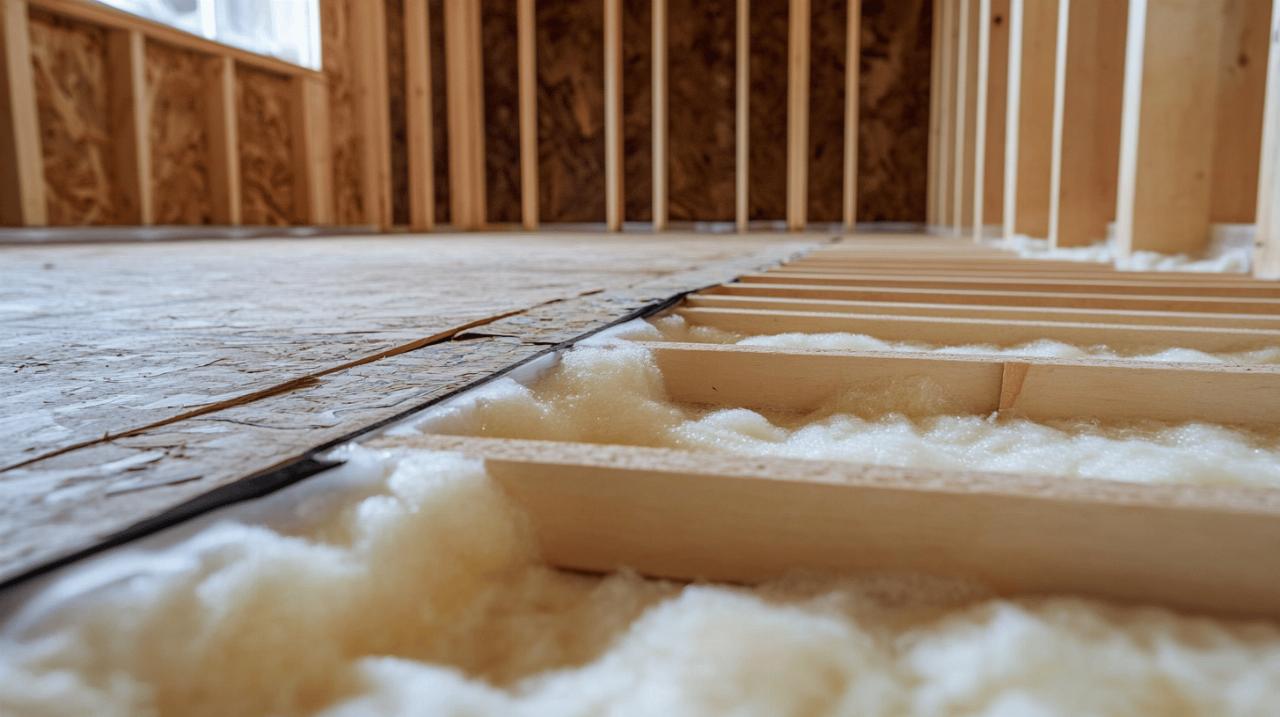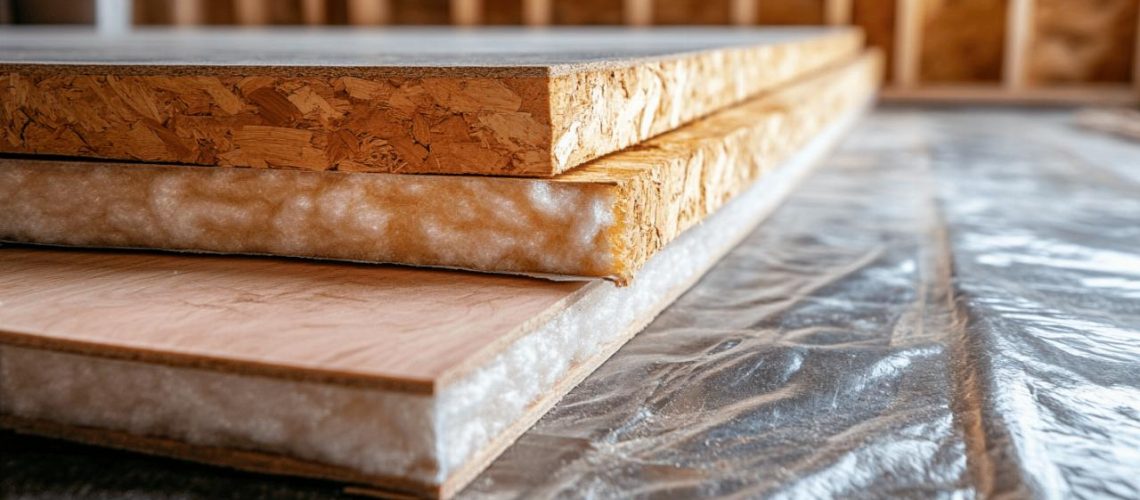When it comes to creating a comfortable and healthy living environment, the flooring beneath our feet plays a crucial yet often overlooked role. Floor insulation serves as a vital component in maintaining not just the warmth of our homes, but also our overall wellbeing. While many homeowners focus on wall and roof insulation, the floor can contribute significantly to heat loss and moisture problems. This comprehensive guide explores how proper floor insulation contributes to a healthier home atmosphere and how to select the right materials for your specific needs.
The connection between floor insulation and household health
The quality of our home environment directly impacts our health and wellbeing. In the realm of home decoration, floor insulation stands out as a critical element that goes beyond mere aesthetic appeal. Many Tiendas de Decoracion now emphasize the importance of insulation materials alongside their visual design offerings, recognizing that beauty and functionality must work hand in hand. The growing awareness about how our living spaces affect our health has shifted focus toward creating environments that support physical wellness through proper insulation techniques.
How cold floors impact physical wellness
Cold floors affect our comfort and health in ways that might not be immediately obvious. When there exists a temperature difference exceeding 2°C between your head and ankles, it creates a sensation of discomfort that can lead to chronic stress on the body. This thermal imbalance forces your body to work harder to maintain its core temperature, potentially weakening your immune system over time. Furthermore, cold floors can exacerbate existing health conditions such as arthritis and rheumatism, making movement more painful during colder seasons. For homes with young children who spend considerable time playing on the floor, proper insulation becomes even more essential for their developmental wellbeing.
Eliminating damp and mould through proper insulation
One of the most significant health benefits of quality floor insulation is its ability to combat dampness and mould growth. Inadequately insulated floors can create cold surfaces where moisture from the air condenses, creating ideal conditions for mould to flourish. These fungi release spores that, when inhaled, can trigger respiratory issues ranging from mild allergic reactions to serious conditions like asthma. Proper floor insulation maintains a consistent temperature across floor surfaces, preventing the temperature differentials that lead to condensation. This protective barrier is particularly important in areas with high ambient moisture like bathrooms, kitchens, and basements where the risk of mould development is naturally higher.
Selecting the Ideal Floor Insulation Materials for Your Home
 Choosing the right insulation material depends on various factors including your floor type, budget constraints, and personal health considerations. The market offers numerous options with varying thermal performance characteristics measured by their lambda values, which indicate heat transfer rates. Lower lambda values signify better insulation properties, with some premium materials achieving values as low as 0.019 W/mK. Beyond thermal efficiency, factors such as sound absorption, moisture resistance, and environmental impact should inform your selection process.
Choosing the right insulation material depends on various factors including your floor type, budget constraints, and personal health considerations. The market offers numerous options with varying thermal performance characteristics measured by their lambda values, which indicate heat transfer rates. Lower lambda values signify better insulation properties, with some premium materials achieving values as low as 0.019 W/mK. Beyond thermal efficiency, factors such as sound absorption, moisture resistance, and environmental impact should inform your selection process.
Natural vs synthetic insulation options
The insulation market broadly divides into natural and synthetic materials, each with distinct advantages. Natural insulation options include sheep’s wool, hemp, and wood fibre, which offer excellent breathability and moisture management while being renewable resources. These materials typically have lambda values between 0.035 and 0.044 W/mK. Cork insulation boards, priced between £17 and £22 per square metre, represent a premium natural option with additional acoustic benefits. On the synthetic side, materials like polyisocyanurate (PIR) boards offer superior thermal performance with lambda values as low as 0.022 W/mK at a cost range of £5 to £15 per square metre. Expanded polystyrene (EPS) and extruded polystyrene (XPS) provide cost-effective alternatives around £10 per square metre, with XPS offering impressive compressive strength ratings of 500 to 700, making it suitable for floors bearing significant weight.
Evaluating thermal performance and health benefits
The ultimate goal of floor insulation is to create a healthier, more comfortable living environment while reducing energy consumption. For suspended timber floors, flexible insulation materials like mineral wool or sheep’s wool work exceptionally well, fitting between joists without compromising structural integrity. Concrete floors benefit from rigid insulation options such as PIR or cellular glass, with the latter offering remarkable compressive strength between 600 and 2400, ideal for high-traffic areas. Current building regulations in England, Wales, and Northern Ireland target a U-value of 0.25 W/m²K for retrofitted floors, while Scotland aims for a more stringent 0.15 W/m²K. These standards ensure meaningful energy savings, with detached houses potentially saving around £110 annually on energy bills through proper floor insulation. Beyond financial benefits, these improvements can reduce carbon emissions by up to 310 kg per year for a detached house, contributing to the UK’s ambitious net zero carbon goal by 2050.

